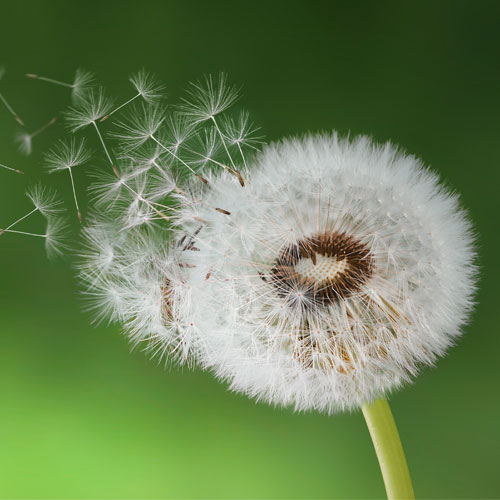Palm seeds
Description
FAQ
Review
Description




Generally, 10-year-old trees can start to bear fruit, bloom in June-July, and ripen in September-October. The peel is fibrous. After harvesting, the peel is composted for about 10 days. After the peel is rotted, it is placed in water and pounded with a wooden stick. The juice is irritating. Do not rub it with your hands to prevent itching. Seeds should not be exposed to the sun, the grains are large, the weight of 1,000 grains is 2700 grams, there is a dormancy period of 5-8 months, and the depth of dormancy between individuals is not uniform. Sow in May of the following year, the germination is extremely uneven, and during the high temperature period in summer, it can last for about 100 days before and after germination, and the germination rate is about 60%. Generally, it is not advisable to sow the seeds directly to the nursery to save management labor. It should be sown shallowly in the wet sand bed to promote germination. It is not necessary to shade in the seedling stage, and the growth is relatively fast. Generally, the 2-year-old seedlings can be potted, and the 3-4-year-old seedlings can be taken out of the garden for landscaping.
Golden horseradish Golden horseradish likes a warm, humid and sunny environment, and requires deep soil, loose soil, and well-drained soil. Its growth temperature is 22-28 degrees, and it can withstand low temperatures below 0 degrees. Pests and diseases occur less. Resistant to hot sun and shade. The soil layer is deep, fertile and moist as base fertilizer, and nitrogen fertilizer is applied 1 to 2 times a year, which can keep the leaves green and does not appear dry and yellow. In spring, summer and autumn, about 50% of the sun should be blocked, and it should not be exposed to direct sunlight in strong sunlight, otherwise the leaves will be dry and sharp, and the ornamental value will be lost. In winter, it can be placed indoors in direct sunlight.
Golden horseradish has a beautiful plant shape, prefers shade, and prefers a warm and humid environment. During the growing season, the potting soil must be kept moist and there is proper air humidity around the plant. Golden horseradish is afraid of cold and has poor cold resistance. Potted golden horseradish placed in the shade must be moved indoors in late September. During the wintering period, the room temperature during the day should be around 25 °C, and the room temperature at night should be kept above 15 °C, at least at Above 10 ℃, if it is lower than 5 ℃ for a long time, it will suffer from freezing damage. During overwintering, we must also pay attention to frequently scrub the leaves or spray a small amount of water to the leaves to clean the leaves, keep the leaves fresh and bright and improve the ornamental effect.
FAQ
Q
How to delivery my seeds?
A
Usually we ship by fedex,dhl,ups or other safe special line door to door by small order weight no more than 10kg.
If your quantity is weight,we will send by air or sea.
If your quantity is weight,we will send by air or sea.
Q
What is your return policy?
A
If you do not receive the products,we will return all money to you immediately.
If the quality is poor,we will return all money to you immediately
Or we can send the new fresh seeds to you again free.
We just offer good quality seeds and good quality service.
And we want to do long-term business.
If the quality is poor,we will return all money to you immediately
Or we can send the new fresh seeds to you again free.
We just offer good quality seeds and good quality service.
And we want to do long-term business.
Q
What payment terms you can accept?
A
We can accept T/T,West Union,Paypal,money gram. or you can order directly in my shop.
We also have a alibaba shop,and you can make payment in alibaba shop,but alibaba shop can not allow sell the plant seeds from 20th.August,2021.
So can not write the seeds name in alibaba shop.we need change plant name in alibaba shop.
My alibaba shop:www.touchhealthy.en.alibaba.com
We also have a alibaba shop,and you can make payment in alibaba shop,but alibaba shop can not allow sell the plant seeds from 20th.August,2021.
So can not write the seeds name in alibaba shop.we need change plant name in alibaba shop.
My alibaba shop:www.touchhealthy.en.alibaba.com
Q
I want to design my package,can you accept?
A
We can accept OEM package,pls show your design and how to pack your order
Review







